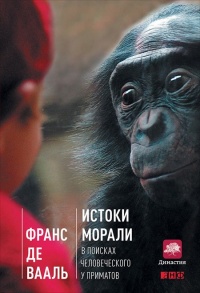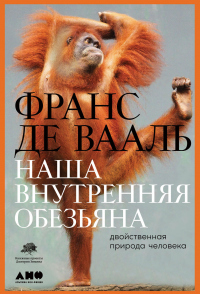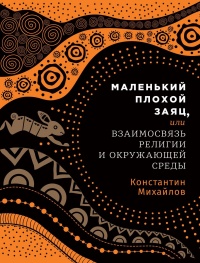Книга Достаточно ли мы умны, чтобы судить об уме животных? - Франс В.М. де Валь
На нашем литературном портале можно бесплатно читать книгу Достаточно ли мы умны, чтобы судить об уме животных? - Франс В.М. де Валь полная версия. Жанр: Книги / Домашняя. Онлайн библиотека дает возможность прочитать весь текст произведения на мобильном телефоне или десктопе даже без регистрации и СМС подтверждения на нашем сайте онлайн книг knizki.com.
Шрифт:
-
+
Интервал:
-
+
Закладка:
Сделать
Перейти на страницу:
Перейти на страницу:
Внимание!
Сайт сохраняет куки вашего браузера. Вы сможете в любой момент сделать закладку и продолжить прочтение книги «Достаточно ли мы умны, чтобы судить об уме животных? - Франс В.М. де Валь», после закрытия браузера.
Книги схожие с книгой «Достаточно ли мы умны, чтобы судить об уме животных? - Франс В.М. де Валь» от автора - Франс В.М. де Валь:
Комментарии и отзывы (0) к книге "Достаточно ли мы умны, чтобы судить об уме животных? - Франс В.М. де Валь"
























